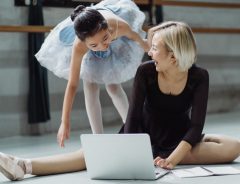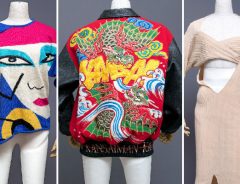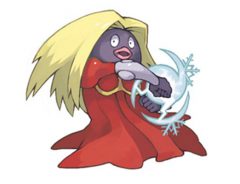
Source: Pangaea | © PIXTA
Is Bubble Tea On Its Way Out Or Will It Take Root in Japan? New Survey Offers Clues
- Source:
- © SocialWire Co., Ltd.
Related Article
-

Tapista releases DIY kit for self-quarantining boba tea lovers
-

Girls envy confectioners and boys idolize police: top jobs in the minds of Japanese kids
-

Japanese beer drinkers rank the top five brews they love to drink after a bath
-

Japanese Fashion Archive Is A Virtual Fashion Show Showcasing Garments From The 70s To 90s
-

First Impression Working Women Want to Make Is Clear Skin, Japanese Survey Reveals
-

Japanese Poll Ranks 10 Ugliest Pokemon


It seems there's a bubble tea shop at every corner in Japan these days. These drinks, which go by the name タピオカティー "tapioca tea" or simply タピオカ "tapioca" in Japanese, come in an astonishing range of flavors and drink bases, not to mention creamy toppings and decorations. At first they were mostly Japanese outposts of Taiwanese chains, but now there are numerous domestic "tapioca" drink shops as well.
A popular sight on Japanese social media, especially Instagram, these bubble tea drinks have been particularly popular with young Japanese women since they are both fun to enjoy and look attractive too.
Pangaea | © PIXTA
But even as the shops continued to proliferate this year, by the time a pop-up shop called Tokyo Tapioca Land appeared, some more cynical voices began to be heard about the saturation of the bubble tea market and the possible end of the boom.
So then, where is bubble tea headed? Is the boom about to burst or will bubble tea take root in Japan?
According to a press release, Minna no Yoyaku Navi, a website operated by Walter International Co., Ltd. which provides information on money-saving tips for beauty, dining and other commercial services, conducted a survey on September 22nd to find answers to these questions and more. With the collaboration of CrowdWorks Inc., they surveyed 200 men and women aged 20 to 50, asking them six questions.
Let's take a look at the results:
© SocialWire Co., Ltd.
As is often the case with food trends, almost half of respondents seemed to have been lured by the fact that the drinks were trending, so they presumably wanted to see what all the fuss was about. And while some critics have likened the appearance of the pearls to frog eggs, the printed plastic cups, colorful liquid, added layers and decorations combine to create a tasty-looking appearance.
© SocialWire Co., Ltd.
Combining "tasty" and "somewhat tasty," 66% of the respondents responded positively to the taste.
© SocialWire Co., Ltd.
No surprises here. Most respondents agreed it was tasty but most of them were concerned with calories, too. A typical bubble tea drink made with milk tea has about 400 calories, which is 20% of the 2,000 calories an average woman needs and 17% of the 2,400 calories an average man needs to maintain their weight.
© SocialWire Co., Ltd.
Combining "yes" and "maybe," 75% of respondents indicated they were likely to become repeat consumers.
© SocialWire Co., Ltd.
Nevertheless, 75% of respondents thought the boom would be over in the next six months, with only a quarter of respondents believing it would continue beyond that.
© SocialWire Co., Ltd.
While many respondents felt the boom itself may soon disappear, the majority (60%) felt that bubble drinks themselves would take root and continue to be a presence in Japan for the foreseeable future.